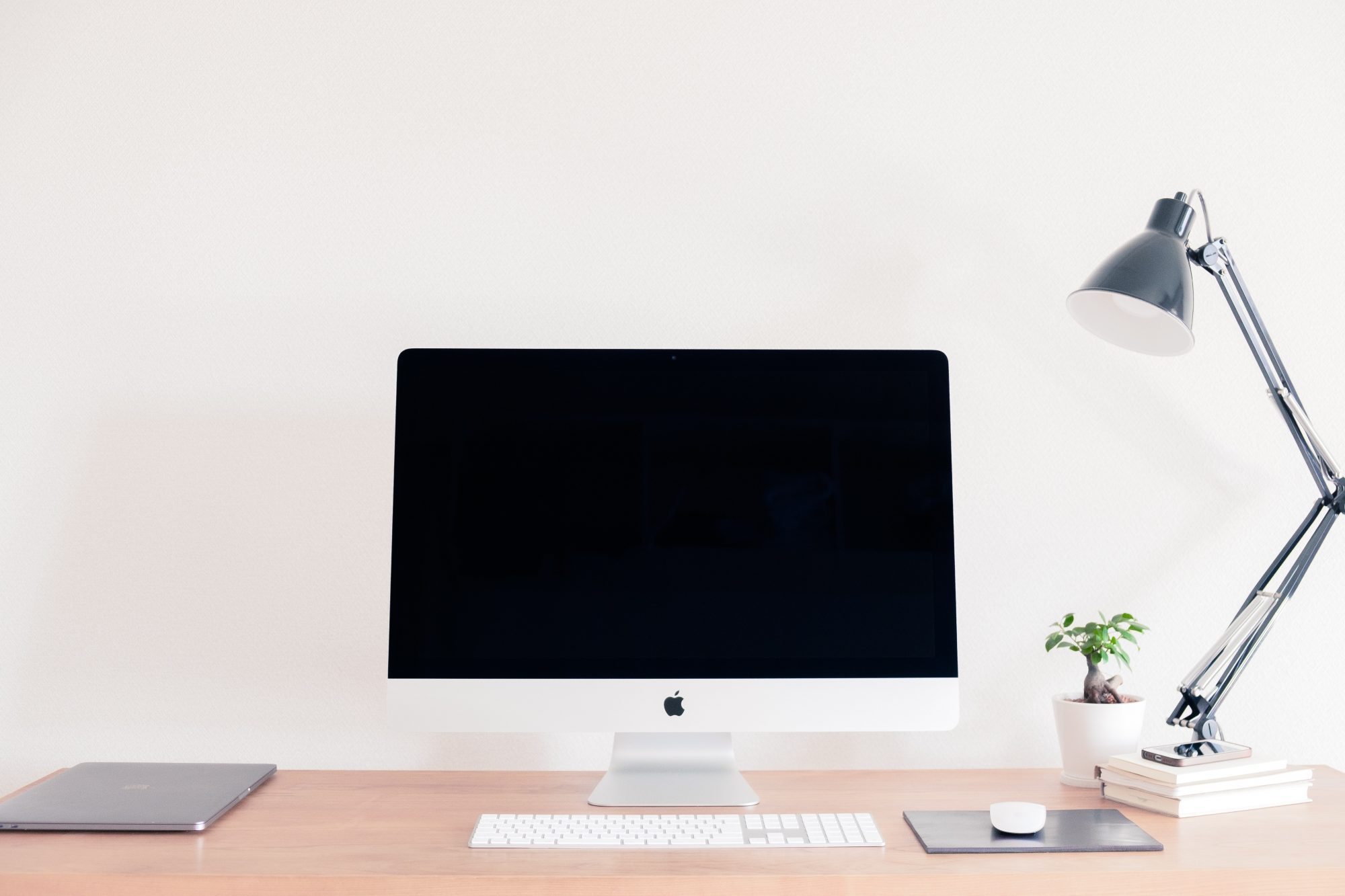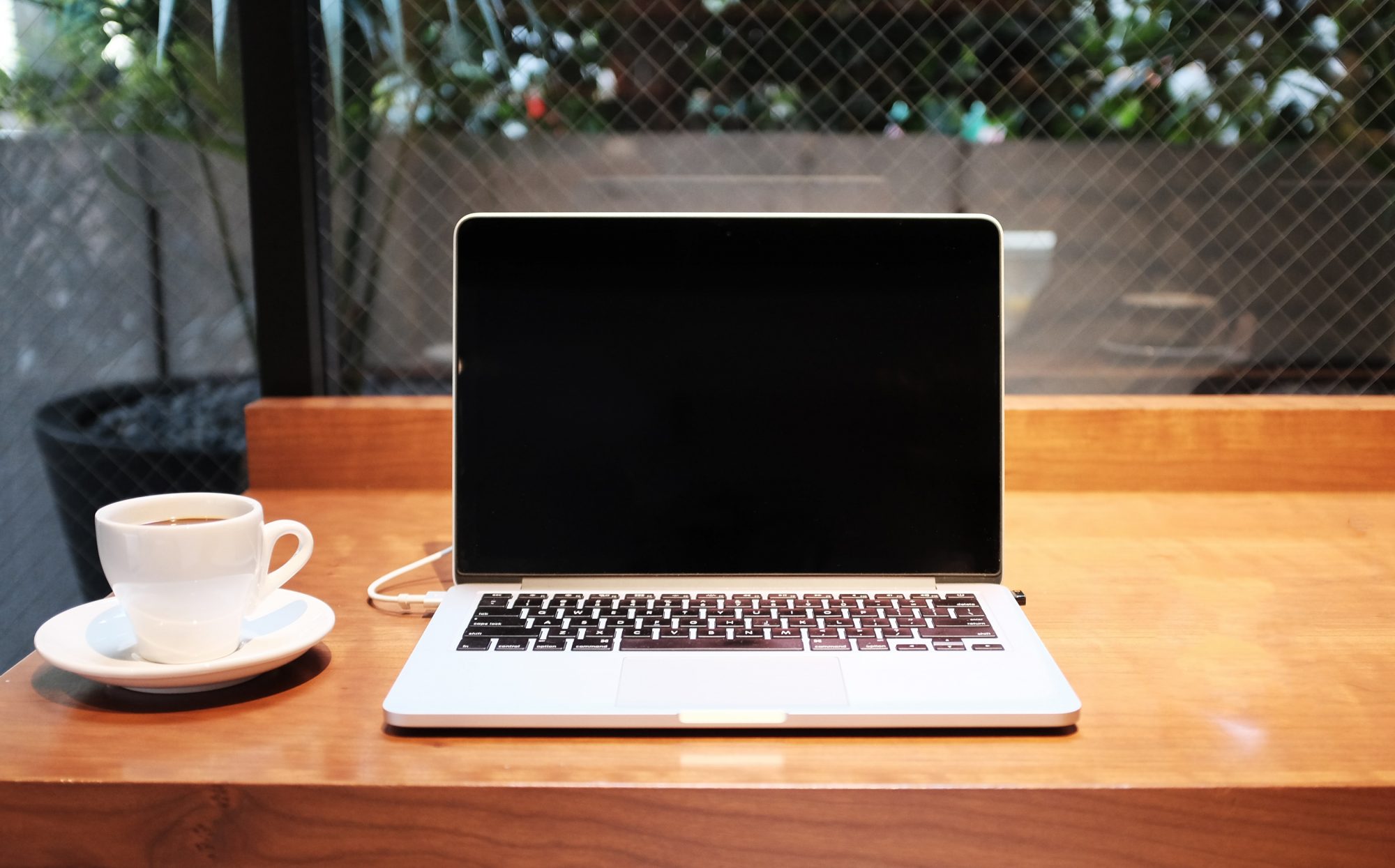The screen is the primary point of focus on a computer. Replacing the arrays of blinking status lights on early computers, monitors now provide a rich multimedia viewing experience, but the name has endured.
Statistics On Screen Time
A Council for Research Excellence study found that American adults spend an average of 8 1/2 hours looking at screens, while in a scientifically conducted telephone poll by Poll Position, 64 percent of respondents said that they spent four to more than 10 hours a day looking at a screen.
According to a 2001 Educational Testing Service research report on the effects of screen size and resolution on test results, several studies also found that larger, higher-resolution screens positively affected user performance, particularly on reading. The screen you purchase should be appropriately sized for your daily tasks, but you don’t want to spend more than you have to. Larger monitors are typically more expensive than smaller monitors with the same features, but size is only one factor of monitor price.

What Should Be My Primary Monitor Size?
For the display you use every day, consider the tasks you most often perform on your computer. If this monitor is for a family entertainment computer, then go for the displays between 24 and 30 inches, such as the Samsung Class 300 at 27 inches. At this size, everyone can sit farther away from the
screen without losing display quality.
Newer screens designed for entertainment are more likely to support multi-touch, preparing you for touch-enabled desktop apps and operating systems, such as Windows 8. If you’re a digital artist or photographer, you want a display like the NEC MultiSync PA241W, sized at 24 inches so you can see life-size wide-gamut color images while still sitting close enough to work at a desk. Try a screen around 20 to 22 inches, such as the business-oriented Lenovo ThinkVision L2250P, for frequent document editing.
What Should Be My Aspect Ratio?
The 4:3 ratio of the Asus VB195T is closest to Letter size, making visualizing documents for print simpler than on a wider screen. For heavy document editing, consider a pivoting screen. You can rotate them while working so that they are taller than they are wide. The HP DS245V, with a ratio of 16-to-10, is closest to Legal paper size. A 16:10 ratio monitor has the highest pixel counts, also a plus for artists. For multimedia viewing and gaming, a widescreen aspect ratio of 16:9, the same format as HDTV, eliminates black bars or distorted picture. This aspect ratio is the most common one sold.
Best Screen Size For Laptops
Laptop screen size affects both battery life and portability. The larger your screen, the larger the laptop frame, which increases the weight of the computer. For a laptop, a small screen is 13 inches and a large screen is around 18 inches. The larger screens can also be hard to hold or use in smaller spaces, such as trains or airplanes — a concern if you travel frequently. Comparing the 14 inch Dell XPS 14z with the Dell XPS 15z at 15 inches, the extra inch of screen gains you 1.18 pounds and 1.6 inches of width. Larger screens need more power to function too, so to maximize your battery life, you should minimize your screen size.

